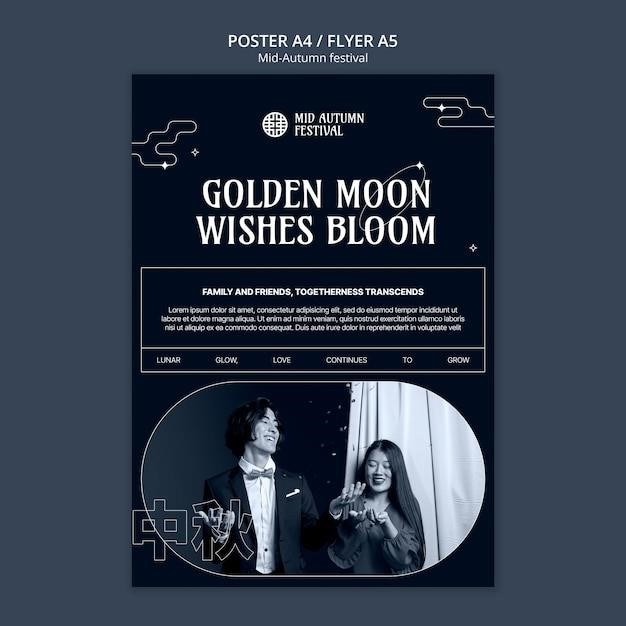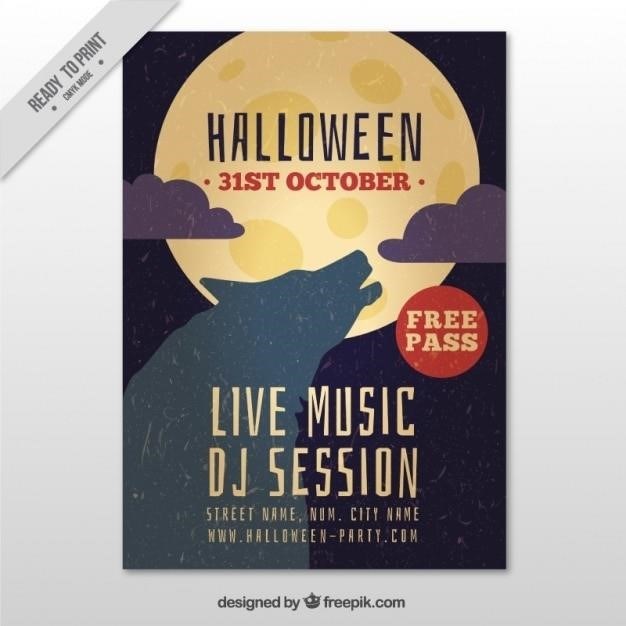Night by Elie Wiesel⁚ A Comprehensive Overview
Elie Wiesel’s “Night” recounts his harrowing experiences during the Holocaust․ Multiple PDF versions circulate online, some freely available, others through publishers․ Different editions and translations exist, impacting accessibility and interpretation․ Copyright and legal access to these digital versions vary, necessitating careful consideration before downloading․
Availability of PDF Versions
Locating PDF versions of Elie Wiesel’s Night presents a mixed bag of accessibility․ Several websites offer free downloads, often in various formats and translations․ However, the legality of these freely available PDFs is questionable, as they may infringe on copyright laws․ Reputable online bookstores and libraries often provide access to digital versions, but these usually require purchase or a library membership․ The quality of these freely available PDFs can also vary greatly; some may be poorly scanned copies with low resolution or may lack proper formatting․ Readers should exercise caution and ensure they are accessing PDFs from legitimate sources to avoid issues with copyright infringement and to secure a high-quality reading experience․ Many educational institutions also provide access to digital copies for students and faculty, representing another potential avenue for legitimate access․ The search for a reliable PDF version requires careful consideration of both legality and quality․
Different Editions and Translations
Elie Wiesel’s Night exists in numerous editions and translations, each offering a slightly different reading experience․ The original French version, published as La Nuit, differs subtly from subsequent English translations․ These variations might involve nuances of language, phrasing choices, or even the emphasis placed on certain aspects of the narrative․ Different publishers also contribute to the diversity of editions, sometimes including supplementary materials like author biographies, historical context, or discussion questions․ These additions can significantly enrich the reader’s understanding and engagement with the text․ Translations into other languages introduce further variations, reflecting the linguistic and cultural contexts of their respective target audiences․ Therefore, selecting a specific edition or translation depends on the reader’s preferences, the availability of specific editions, and the depth of engagement desired with the narrative’s complexities and subtleties․ The choice might influence the overall comprehension and emotional impact of the Holocaust survivor’s testimony․
Copyright and Legal Access
Accessing “Night” in PDF format necessitates navigating copyright laws and legal access․ While some websites offer free downloads, these may infringe on copyright, potentially exposing users to legal repercussions․ Legitimate access often involves purchasing the ebook or physical copy from authorized retailers, respecting the author’s and publisher’s rights․ Public libraries frequently provide access to both physical and digital copies, ensuring legal and ethical engagement with the text․ Educational institutions often hold licenses for electronic versions, facilitating classroom use and research․ Copyright holders actively monitor online distribution, aiming to protect their intellectual property․ Downloading from unofficial sources risks encountering corrupted files, inaccurate translations, or versions lacking the publisher’s intended formatting and supplementary materials․ Respecting copyright protects authors, supports ethical publishing practices, and ensures the long-term availability of literary works like “Night,” which holds profound historical and cultural significance․

Content Analysis of “Night”
Elie Wiesel’s “Night” offers a profound exploration of the Holocaust’s brutality and its impact on faith, humanity, and the human spirit․ Its unflinching portrayal of suffering and resilience remains deeply affecting․
Key Events and Themes
Key events in Elie Wiesel’s “Night” include the deportation of Jews from Sighet, the brutal conditions and selections at Auschwitz-Birkenau, the death marches, and the liberation of Buchenwald․ The narrative powerfully depicts the systematic dehumanization inflicted upon the Jews, the loss of faith, the struggle for survival amidst unimaginable suffering, and the disintegration of familial bonds under extreme duress․ Central themes explored are the profound loss of innocence, the conflict between faith and the reality of evil, the resilience of the human spirit in the face of unspeakable cruelty, and the enduring power of memory and the imperative to bear witness to the horrors of the Holocaust․ Wiesel’s account masterfully interweaves these events and themes, creating a searing testament to the human capacity for both cruelty and compassion․
Character Development and Relationships
Eliezer, the young protagonist in “Night,” undergoes a profound transformation throughout the narrative․ His initial faith and innocence are gradually eroded by the horrors he witnesses, leading to a crisis of belief and a profound disillusionment․ The complex relationship between Eliezer and his father, Shlomo, forms the emotional core of the story․ Initially a source of strength and guidance, their bond is tested by the brutal conditions and the constant threat of death․ The father-son dynamic shifts as Eliezer wrestles with his own survival instincts, sometimes prioritizing self-preservation over his father’s well-being, creating internal conflict and moral ambiguity․ Other characters, though less developed, represent the spectrum of human responses to the atrocities of the Holocaust—from the callous indifference of the Nazi guards to the acts of kindness and compassion shown by some fellow prisoners․ These relationships highlight the fragility of human connection and the ethical dilemmas arising under extreme pressure․
Wiesel’s Narrative Style and Techniques
Elie Wiesel’s “Night” employs a first-person narrative, offering an intimate and intensely personal account of his experiences․ This direct, unfiltered voice creates a powerful emotional impact, drawing the reader into the heart of the Holocaust’s brutality․ Wiesel masterfully uses simple, yet evocative language to convey the profound suffering and dehumanization experienced by the prisoners․ The narrative is characterized by a stark realism, avoiding sentimentality and melodrama, which enhances the story’s emotional weight․ The author’s use of imagery is particularly striking, creating vivid and often disturbing pictures of the concentration camps’ horrors․ The chronological structure, following the progression of Eliezer’s ordeal, builds suspense and allows for a gradual unveiling of the horrors․ The narrative’s simplicity and directness are not a sign of a lack of skill but a conscious stylistic choice to maximize the impact of his testimony, compelling readers to confront the inhumanity of the Holocaust․

Educational Resources and Uses
“Night” serves as a powerful tool for Holocaust education․ Numerous lesson plans, discussion questions, and supplementary materials are available online and in print, facilitating classroom use and critical analysis․ The book’s accessibility makes it suitable for diverse learning environments․
Classroom Activities and Lesson Plans
Engaging students with Elie Wiesel’s “Night” requires thoughtful pedagogical approaches․ Numerous lesson plans are readily available online, catering to various grade levels and learning styles․ These resources often incorporate interactive activities designed to enhance comprehension and critical thinking․ For instance, teachers might utilize journal prompts encouraging students to reflect on the text’s emotional impact and ethical dilemmas․ Small group discussions focused on specific passages or thematic elements can foster collaborative learning and diverse perspectives․ Role-playing activities, where students assume the identities of characters from the book, can promote empathy and understanding․ Creative writing assignments, such as composing poems or short stories inspired by “Night,” allow students to express their interpretations in unique ways․ Furthermore, incorporating primary source materials, such as photographs or survivor testimonies, adds another layer of depth to the learning experience․ The use of multimedia resources, like documentaries or films related to the Holocaust, can further contextualize the narrative within a broader historical framework․ Ultimately, effective classroom activities for “Night” aim to cultivate a deeper understanding of the Holocaust while fostering critical analysis, empathy, and responsible citizenship․
Discussion Questions and Critical Analysis
Facilitating critical analysis of Elie Wiesel’s “Night” necessitates probing questions that encourage deep engagement with the text’s complexities․ Discussions might explore the evolving father-son relationship between Eliezer and his father, examining its shifts amidst the inhumane conditions․ Analyzing the impact of faith and spirituality on the characters’ resilience, or lack thereof, provides rich ground for discussion․ Exploring the ethical dilemmas faced by individuals within the concentration camps, such as acts of survival versus morality, encourages critical reflection․ Examining the author’s narrative style and its effectiveness in conveying the horrors of the Holocaust prompts students to consider literary techniques․ Questions regarding the lasting psychological impact of trauma on the survivors and the role of memory in shaping identity are essential․ Further discussions might explore the broader historical context of the Holocaust, examining its causes, consequences, and lasting legacy․ Analyzing the book’s enduring relevance in contemporary society, exploring themes of prejudice, dehumanization, and the importance of remembrance, is vital․ Encouraging students to connect the events described in “Night” to current events and social issues broadens the scope of critical analysis, fostering a deeper understanding of the human condition and its capacity for both extreme cruelty and remarkable resilience․
Holocaust Education and Memorialization
Elie Wiesel’s “Night” serves as a cornerstone text in Holocaust education, offering a profoundly personal and impactful account of the atrocities endured․ Its accessibility, both in print and digital formats, facilitates widespread use in classrooms and educational settings․ The book’s emotional rawness compels readers to confront the realities of the Holocaust, fostering empathy and understanding․ The readily available PDF versions enhance accessibility, particularly for students and educators with limited resources․ However, responsible use is crucial, requiring careful consideration of age appropriateness and the emotional impact on students․ The text’s integration into curricula should be accompanied by supplemental resources and teacher training to ensure sensitive and effective instruction․ “Night” contributes significantly to Holocaust memorialization by preserving individual experiences and preventing historical amnesia․ Its use in educational settings aids in combating Holocaust denial and antisemitism․ By engaging with Wiesel’s narrative, students develop a deeper understanding of the historical context, the human consequences, and the enduring lessons of this horrific event․ Furthermore, the ease of accessing “Night” in PDF format broadens the reach of Holocaust education, enabling wider dissemination and participation in remembrance initiatives globally․
